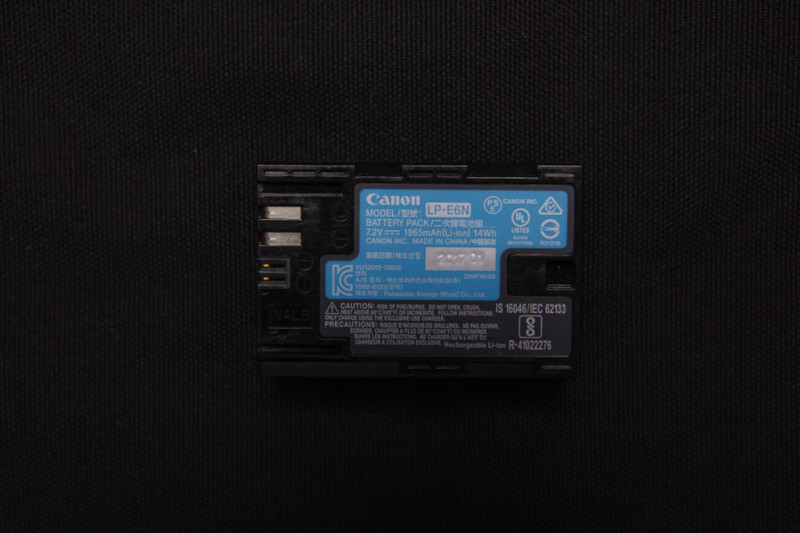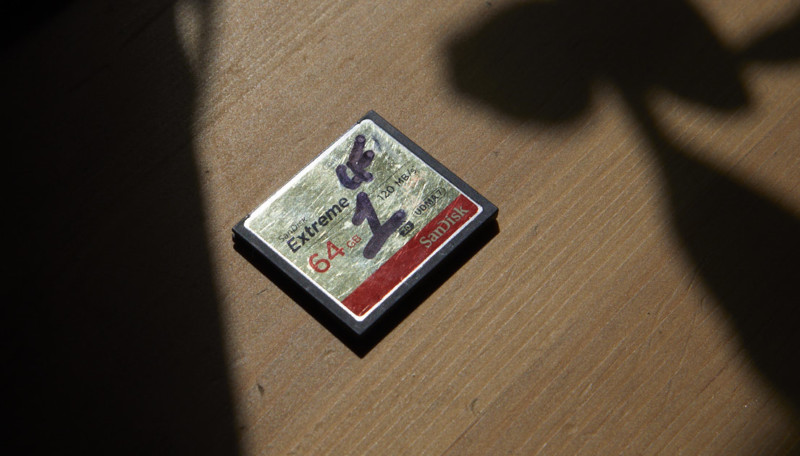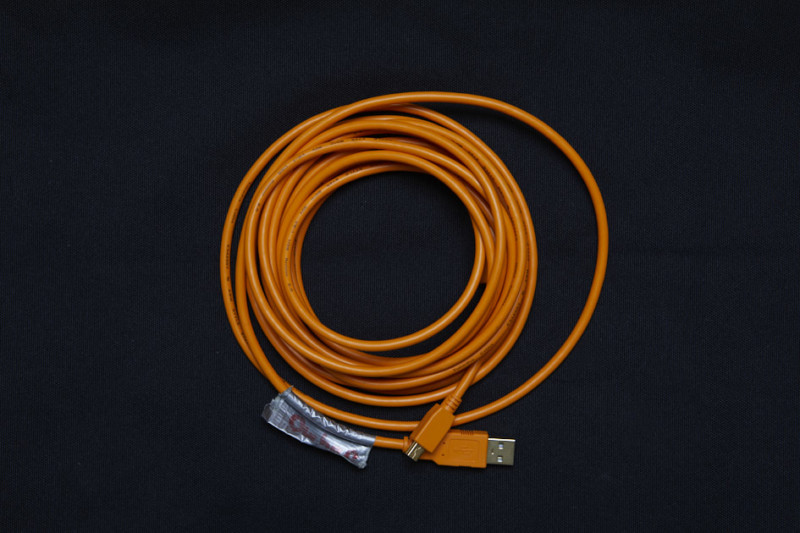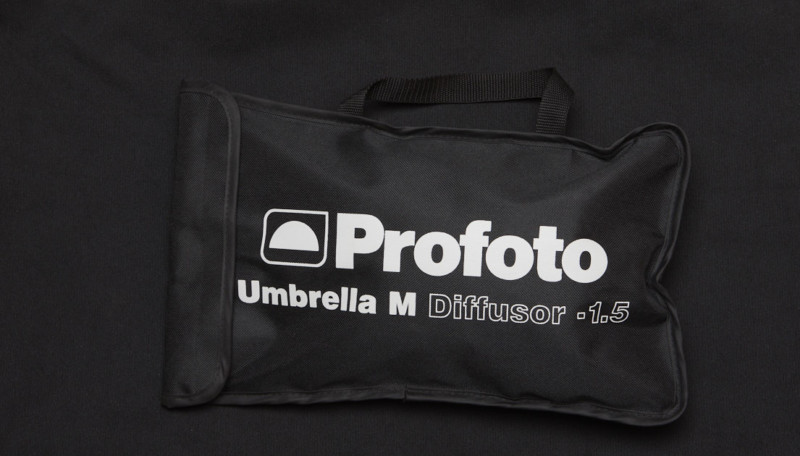
I previously wrote an article on some of the gear that photographers can buy used and how I saved $15,000 doing so. It feels wrong for me to buy any new gear — like I’m burning money when doing so. That said, here are a few photography things that even bargain-hunters like me buy new.
If buying used is great, why buy anything new ever again? I agree, after I said that buying new gear is burning thousands of dollars, saying that there are things you should buy new feels hypocritical. But there are items that if you buy cheap, you will buy twice (or more). Those items can end up adding up to some unbelievable sums.
Camera batteries, drives, memory cards, cables, diffusion material, and bags are not exciting, they are expensive and boring to get. What’s more, you need to replace them at regular intervals. With Canon selling an LP-E6 battery for $80, a used one for $20 is a no-brainer, right? I’m afraid not.
Used Is Cheaper, but It Doesn’t Always Mean Saved Cash
Cameras and lenses are built to withstand years of professional use. I own an L lens released in 2001. It’s absolutely battered and scratched, but despite that, I am not afraid to shoot in the rain or be exposed to the elements on set. This is mostly because I am confident in the reliability of professional equipment. I know that even when it’s purchased used, it will be as good as new. I am not hesitant to recommend used gear to anyone who asks. But that does not apply to all equipment.
Places Where Buying New Saves Money
Buying new is always a bit of a struggle for me, as it may very well be for you if you love bargain-hunting online. But I assure you, there are things you should never buy used instead of new. If you do, you risk reliability on shoots and the longevity of the product, and you probably will end up spending more. Hence, the saying: buy cheap and buy twice. Here are some bits of your kit it applies to:
Batteries

Most camera brands make great batteries that last very long, especially if you’re on a DSLR. Shooting with a battery grip often means not changing batteries at all during a shoot. Over time, batteries lose their maximum capacity. My first used DSLR, a Canon 1D Mark II, came with four batteries, out of which only one was consistent. I had to buy a few more, and because the camera was released in 2004, they were hard to come by new.
I tend to replace batteries every other year for my gear. That way, I know I am getting consistent results. Buying new batteries means consistency in charge capacity. Buying used batteries can often lead to inconsistent results or even you getting scammed as counterfeit batteries are quite common on the used market and sometimes even the new market.
Hard Drives
When it comes to storing your images, having a reliable hard drive is key. A system commonly used by photographers, myself included, is a series of archive drives with old work, and a few current (active) drives.
Read also: Seagate Performed Best in Backblaze’s 2020 Hard Drive Failure Report
But buying hard drives used can be risky as drives wear out over time and ultimately need replacement. When it comes to current drives, as creators, we read and write huge amounts of data every day on them. Personally, I can be moving anywhere around 100GB of data on any particular shoot. The drives with current work (or active drives) are the ones that travel to every shoot too.
Buying it new isn’t too expensive compared to used, and knowing that they’re designed to be though gives me peace of mind that they will last. Buying a hard drive used, especially for current work could entail that hard drive failing faster and quite unpredictably. I had a used drive fail after a minor 1-foot drop. It worked fine for a week, and then it failed whilst editing.

Memory Cards
Similar to hard drives, you will want to make sure that your digital storage is as secure as possible. At the start, I got a used CF card and made a huge mistake by doing so. The used card didn’t last and ended up costing me some lost images. While now I rarely shoot on memory cards, I still keep a stock of them ready to go should a computer fail. Because of that, I replace cards not as frequently. Because there are many counterfeit memory cards, I suggest buying from reputable stores, like Adorama or B&H. If you’re unsure, you can always check the authenticity of your card with the manufacturer.

Cables
It’s no secret that as a fashion photographer, I work with a team and shoot tethered whenever possible. Over time, however, they may wear out. Data cables in general get used a lot meaning that at one point they will inevitably fail. Having a tether cable fail can ruin a shoot, especially if you don’t have alternative storage options.
I often shoot on location, which means that the cable is actively in the mud among other things. People walk over cables on large shoots, and cables get tangled up which may affect the fine wires inside. For me, a new cable isn’t much more expensive than a used one, and the peace of mind that comes with a factory-fresh one outweighs the marginal monetary benefits.

Diffusion Material
You may wonder if a used softbox or a large butterfly is worth the investment. Often a butterfly is going for peanuts. But, over time, white diffusion fabric gets dirty, and if it was used a lot, it becomes slightly yellow. A diffusion layer that’s causing a color shift in one of the light sources can mean an unpredictable image. This affects the consistency leading to hours of work in photoshop trying to fix it.
If you’re in the market for a softbox, either hunt down a barely used one, or just play it safe and buy new. I must admit, a few softboxes that I bought were pre-owned, but none of them came from rental houses, instead, there were from photographers who bought not exactly what they needed.
When it comes to butterflies, you can get a used frame, as they are quite expensive. As for fabric, spend some cash on a new one, and feel sure that you’re getting consistent results with it.

Bags
Camera bags, especially hard travel cases, wear out as they are the ones bashed around in trucks, airports, and all experience other on-location wonders such as dirt and mud. Over time, bags may rip. When it comes to camera bags, a used one can be slightly dirty, and in most cases, it is torn.
I don’t replace my camera bags regularly, but all of them are already in rough shape so a replacement is coming. You want to keep all your equipment in a safe spot, and a pre-owned camera bag that’s torn is not that spot. A few years back, I purchased a new camera backpack, and it has lasted me ever since. It’s been in the freezing snows, soaking rainstorms, and under the burning sun. Had I bought it used, it might not have lasted this long.

In Conclusion
All in all, buying used gear saves you loads of cash, but to have it run smoothly and consistently, you need to buy the small bits and bobs new. The price of a new camera bag outweighs the $50 you can save by getting it used. In fact, I’d say that any two used items from this list will cost more than one new one and probably last shorter than one new one.
About the author: Illya Ovchar is a commercial and editorial fashion photographer based in Budapest. The opinions expressed in this article are solely those of the author. You can find more of Ovchar’s work on his website and Instagram.